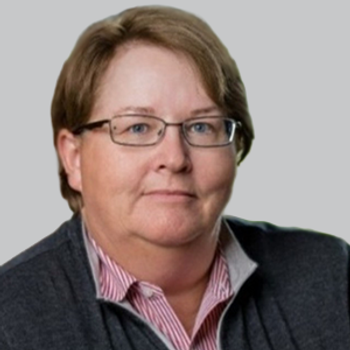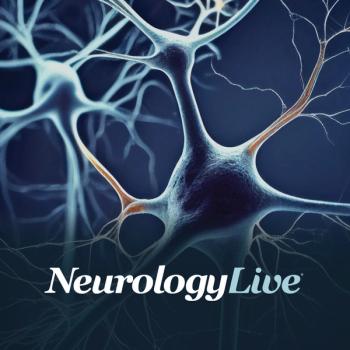
Improving Education on Nonmotor Focal Seizure Identification
The lead investigator of the study and assistant professor of neurology at University of Colorado School of Medicine, Jacob Pellinen, MD, spoke to the importance of identifying nonmotor seizures.
Recently, a group of investigators published findings from the Human Epilepsy Project, a prospective, observational, multicenter study that verified the significant delays to diagnosis faced by individuals with focal epilepsy who experience disease onset through nonmotor seizures. Additionally, the work pointed to the morbidity-related consequences of these delays.
Between the 246 participants with nonmotor seizures and the 201 participants with motor seizures at epilepsy onset, those with nonmotor seizures experienced a delay in median time to diagnosis from first seizure tenfold that of those with motor seizures (P <.001). As well, more patients with new-onset focal disease presented with initial nonmotor seizures than motor seizures (55% vs. 45%, respectively; P = .04).
For the total 447-patient study cohort, the median number of days from first seizure to diagnosis was 219 days. Those in the motor group reported a median time of 60 days compared to the drastically longer 616 days for those in the nonmotor group (P <.001).
Lead investigator Jacob Pellinen, MD, assistant professor of neurology, University of Colorado School of Medicine, and colleagues noted that the possibility of overlooking the possibility of seizure, particularly during emergency department visits and after motor vehicle accidents. They observed that the majority of injuries reported by patients prior to diagnosis for those who presented initially with nonmotor seizures occurred in those who ultimately developed motor seizures (92 of 167 patients; 55.1%). Although the number of patients with injuries prior to diagnosis were similar, and the severity of those injuries not differ significantly, of 23 motor vehicle accidents reported, the vast majority (n = 19; 82.6%) occurred in patients with undiagnosed nonmotor seizures.
To find out more about the importance of the earlier identification of these patients and how physician and public education tools may be able to help bridge this large gap in treatment, NeurologyLive reached out to Pellinen for his perspective on what challenges remain.
NeurologyLive: How important is it to educate physicians and patients on the signs of focal epilepsy to prevent situations such as these assessed in the study?
Jacob Pellinen, MD: Improving recognition of focal epilepsy, particularly when it manifests as non-motor seizures, will be critical in closing the treatment gap highlighted in our study. A major takeaway from our study is that there is substantial under-recognition of non-motor seizures by patients, family, and healthcare providers. Educational initiatives for the public, healthcare trainees, and healthcare professionals, would undoubtedly improve the lives of many people with new-onset focal epilepsy.
Are there challenges that stand in the way of that education?
There are a couple of barriers to improving education. One is related to research, and that is simply improving our understanding of what is happening and what can be done about it. This is what we are tackling in our work. The other barrier is obtaining support for educational initiatives, which requires time and resources to achieve at each level – for the public, healthcare trainees, and healthcare professionals. We are hoping that through our research, we can not only identify problems, but find solutions, and that this will help garner support for educational initiatives.
REFERENCE
Pellinen J, Tafuro E, Yang A, et al. Focal nonmotor versus motor seizures: The impact on diagnostic delay in focal epilepsy. Epilepsia. Published online October 20, 2020. doi: 10.1111/epi.16707
Newsletter
Keep your finger on the pulse of neurology—subscribe to NeurologyLive for expert interviews, new data, and breakthrough treatment updates.


































